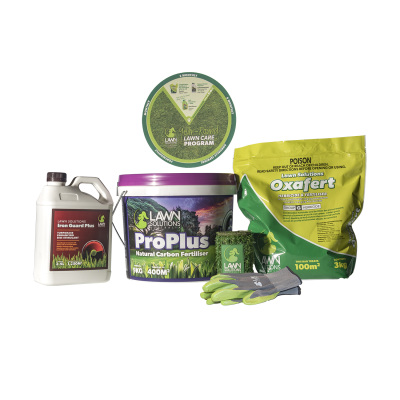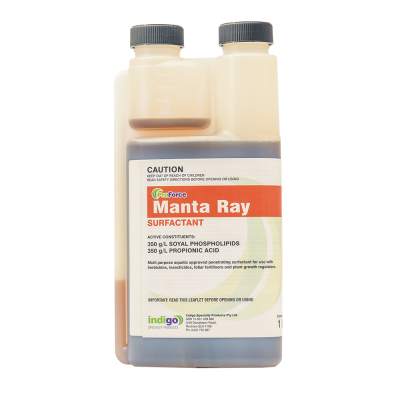Butter on barbecued corn … from the veggie patch in your garden. Mmmmm.
What? You don’t have a veggie garden? Well, lets get planning!
Prepare your patch
Even with just a small area size, you and your family can be harvesting the benefits of eating home grown veggies!
When it comes to planting your veggie gardens, raised gardens are a much-loved option for veggie gardens. Raised garden beds will allow you to plant your veggies earlier than usual as they tend to be warmer than the earth, providing you with a longer growing season. Raised garden beds will also help reduce the need to bend and kneel when tending to your crop. For larger plants like corn or for climbing vegetables, you may want to consider planting directly into the soil.
For your veggie patch it is best to use a soil that is rich in organic matter. Something with a compost mixture or manure will also help make your soil rich in nutrients.

Let’s grow!
Once you’ve prepared your veggie patch, it’s time to plant. But of course, you need to grow what’s suitable for your climate.
What you can plant:
- For warmer locales you could try zucchini, eggplant, corn, pumpkin or rocket.
- Cooler climates perhaps peas, spinach or turnip.
- More temperate regions you may consider broccoli, eggplant, silverbeet or carrots.
Consult your nursery as to what’s best in your area and remember that if you’re still suffering frosts or your soil temperature is still too cold, hold off for a little longer.
Mmmmm, corn
We can’t cover all your favourite vegetables here, but because we love grass, we’ve chosen a grass vegetable.
As with lawn, corn likes a loamy soil, which comprises sand, silt, organic matter and clay. Guess what pH corn likes? Same as grass, of course: 6 to 7. Consult your seed variety packet for how far apart to plant, but remember to plant in blocks, rather than rows, as wind pollinates the corn. And just like your lawn, corn thrives on chicken manure, so ensure to mix some into your soil before planting.
Similar to lawn, less frequent, deep watering is best. Water your corn once a week as opposed to a light watering several times. In a little over two months your corn will be ready to harvest. Sweet!

Count on clippings
Apart from the gastronomical benefits of a veggie garden, it provides a great place to recycle your lawn clippings, either as mulch or as compost. Grass clippings have a high nitrogen content and decompose quickly. When they’re combined with brown organic material (such as the leaves you raked up in your spring clean) to decompose, they provide a compost that’s fit for your veggies.
When used as mulch, grass clippings help to keep your garden moist, keep weeds out and add nutrients to the soil. The clippings also help to provide nitrogen and potassium. Both compost and mulch improve your soil structure but remember not to use clippings if you’ve recently applied herbicides or other chemicals such as fertilisers on your lawn.
For more lawn and garden tips and advice, make sure you check out our other blogs here.


